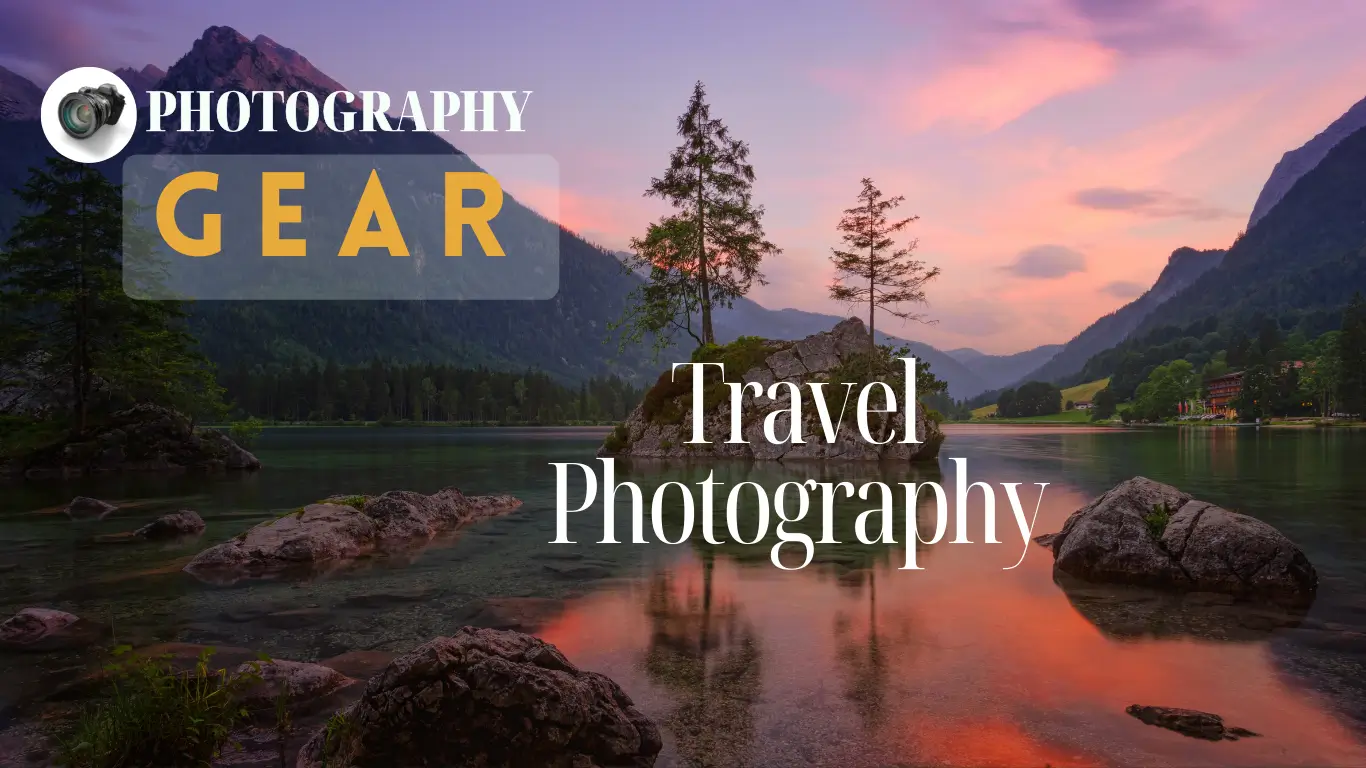Table of Contents
TogglePhotography Equipment For Travel: Considerations
Most Travel bloggers and photographers often get asked what gear they use for photography. It is assumed that a camera is no good without a photographer, but the opposite is also true!
So, you are curious about the tools behind stunning travel photos? You may ask a very common question to an experienced photographer and blogger about their travel photography gear. Let me give you a good idea of it without peeking into their camera bag.
Remember, most travellers don’t need backup cameras, drones, multiple lenses and other accessories.
If you’re starting in travel and photography or this is just a hobby, don’t worry, you don’t need the latest models or high-config accessories. Like everyone, you can start with the most basic camera kit, even with a smartphone and can manage to capture beautiful images that you love.
Modern smartphones now offer impressive camera features suitable for beginners and travellers alike. Their convenience, user-friendly interfaces, and advanced capabilities make them a practical choice for capturing moments on the move. With improved low-light performance and various shooting modes, they’re a reliable tool for documenting journeys without the need for bulkier camera gear. Google Pixel 8 Pro, Samsung Galaxy 23 Ultra, iPhone 15 Pro Max
It’s true that as you advance and find new challenges, you’ll probably need more specific gear, like a powerful camera and fast lens to photograph the Milky Way, or a superb telephoto to shoot wildlife.
If you are still new to travel and adventure photography, don’t get discouraged by the giant list of gear-porn that everyone saying it!
Do this professionally, so you can afford to go a little crazy.
For those of you travelling on a tighter budget, put together your ideal starter travel photography kits, like those below — which won’t cost you an arm and a leg.
The Minimalist Backpacker Kit
A decent Camera or Photography Mobile – Compact Point & Shoot
Compact Tripod
Travel Photography Enthusiast Kit
- Camera – Compact Mirrorless
- Travel Zoom Lens
- Travel Tripod
- Camera Bag
When choosing items for your travel kit, keep an eye out for the following.
Retain It Simple
You minimalist travel photography gear. The last thing you want to do when travelling is carry around huge, costly, and superfluous photographic gear. Instead of carrying hundreds of prime lenses, this is typically the reason why most trip photographers utilize zoom lenses to cover a broad variety of focal lengths.
Give size and weight priority
This is an obvious choice. Opt for more compact and lightweight camera systems such as point-and-shoot bodies, mirrorless, or micro four-thirds.
Usually, this means that large DSLRs like the Canon 1DXII are out. These technologies are usually overkill for trip photography.
Consider the brand
The camera brand is important. Someone may shot on Canon and Sony systems but has always preferred the images produced by Canon. Everyone has their personal preference– but it’s a good idea to do your research first in terms of lens offerings.
Future-proof your gear
Manufacturers of DSLR cameras have mostly moved on to mirrorless technology, which is nearly always better than DSLR technology.
Travel Photography Gear List
Here is a helpful list of recommended travel photography equipment. A comprehensive kit includes:
- Camera
- Lenses
- Drone
- Action Camera/360 Camera
- Essential Accessories
Remember as mentioned before you don’t need to have all of these items to take great photos. You might decide that a simple GoPro or Insta360 camera is enough for your travel photography kit. However, we’ve included everything that may use every day to cover all the bases of a great travel photography gear list.
Travel Photography: The Best Cameras
A camera is a great bit of kit, with good ISO performance, built-in GPS and wi-fi, and outstanding image quality. For times when a mirrorless camera but in a smaller package than a DSLR out there, everyone loves mirrorless, like Panasonic Lumix GX8.
A mirrorless comes with incredible image quality in a relatively compact form, as well as a host of features, from an innovative 4K Photo mode, through to WiFi, a touchscreen LCD, sensor-based image stabilisation and a host of manual controls.
We suggest for Best beginner camera: Sony ZV-E10
Well, are looking for alternative or most used cameras? Let’s have a look few used by renowned travel bloggers and recommended by them:

Sony ZV-E10

Lumix TZ220
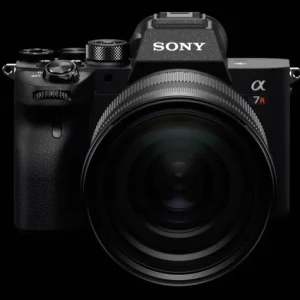
Sony A7RIV
Lumix TZ220- Compact
Known as the Ultimate Travel Companion, the Panasonic Lumix TZ220 is the company’s premier small camera. Although it costs a bit more than the Olympus OM-D E-M10 Mark IV, you won’t need to buy any more lenses because of the built-in 15x zoom.
This camera is best as a compact camera without different lenses and importantly it is as lightweight and as discrete as possible.
Sony A7RIV
This is one of the best cameras for landscape shoots. We recommend this camera for its Full-Frame sensor with a superb dynamic range. You will find something fundamental to cover most light situations. It also boasts an extremely high megapixel count, which makes it technically more demanding to crop images without sacrificing quality.
Its durability is something that has to be emphasized; this camera has some of the greatest weather sealings available to survive adverse situations like rain, sand, dust, etc., which is important while photographing landscapes in various settings.
So, if you are looking for a camera that is best for Landscape shoots and fits with all weather conditions then it is for you.
Sony A1
Shooting landscapes, astrophiles, animals, and other types of scenery is another excellent substitute for a go-to camera. Right now, this camera is arguably the most feature-rich one available, with exceptional sharpness, colour, and image processing even at high ISOs.
Travel Photography: Best Lenses
Selecting a lens or two to go with your preferred camera is the next step in creating your list of travel photography accessories. The fact is, there are simply too many settings available for each camera body to examine and list them all.
However, zoom lenses work better than primes, especially for travel photography. This will allow you to have a wider focus range without having to use two lenses or carry a large assortment of lenses for various kinds of shots.
To achieve good coverage of lenses for all shoots, consider purchasing according to your requirements:
A Walk-Around Lens
A good walk-around lens is an adaptable lens that works well in a range of scenarios, including as landscapes, architecture, people, cuisine, and portraiture.
Travel photographers usually utilize lenses of this sort the most. However, this varies depending on the style of photography you like. For example, if anyone tends to shoot a lot more landscapes, they end up using wide-angle lenses more often.
Some travellers recommend – the Panasonic X-Series Lumix 12-35 f/2.8 OIS as a walk-around lens and someone’s best Sony 16-70mm f/4 for their Sony ZV-E10. One traveller’s best choice and described one of the best lenses created by Sony- SONY 16-35 GM F/2.8. It’s versatile, light, robust, and very fast, ideal for most landscapes and night photography.
Wide Angle Lens
If you wish to shoot astrophotography, landscape, and architecture photos then Ultra-wide or wide-angle lenses are useful.
If you are looking for a wide-angle lens and want something more reasonably priced then the Canon EF 17-40 f/4 L is an excellent option. However, the 16-35 is crispier overall and offers image stabilization, specifically in the corners. This is the desirable choice if you taking everything into account and have enough budget for it.
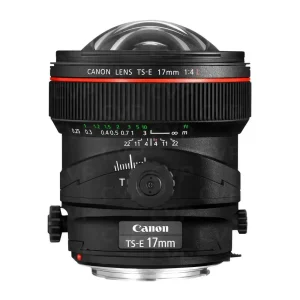
Wide Angle
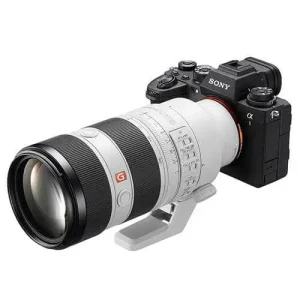
Telephoto
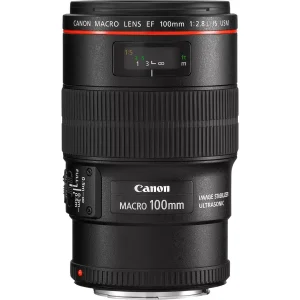
Micro Lens
A Telephoto Lens
A telephoto lens is needed when you want to take pictures of animals and interesting landscapes (think blown-up mountain backdrops).
Unfortunately, a telephoto lens can be costly and due to its size, it is difficult to travel with. An ideal lens that does an enormous job in low light is the Sony FE 70-200mm F2.8. If your budget is low then you can think of one telephoto lens- the Sony FE 70-200mm F4. On the other hand, if you want to go all out, there are two options for you: the Sony 200-600mm F5.6-6.3 (super-telephoto) or the Sony FE 100-400mm F4.5-5.6.
Canon has a telephoto lens and the best one made by them is EF 70-200 f/2.8 IS II L. It comes with lightning-fast focusing speed and razor-sharp focus. Despite the weight, we adore the visual appeal.
Macro Lens
We occasionally enjoy taking close-up pictures of objects, such as flowers and insects for fun or items for some of our blogs. Using a macro lens, which permits 1:1 magnification of our objects, is the most effective approach to get these up-close shots. Considerable options for micro lenses include the Canon EF 100mm f/2.8 Macro USM.
Aerial Travel Photography: Best Drone
The game of photography has changed with drones! They could be among the most helpful pieces of travel camera equipment in the toolbox for the majority of travellers. The drone will almost always wind up taking our favourite picture from that specific assignment. It would be impossible to ignore the compelling viewpoints.
DJI Mavic 3 Pro
DJI unveiled the DJI Mavic 3 Pro, a triple-lens camera system that includes an equivalent 70mm lens. The DJI Mavic 3 Pro is without a doubt one of the best travel drones on the market right now. It delivers the highest picture quality, range, and features like variable aperture and 5.1k 60p/4k 120p video recording, even if it is a little larger than some of the newer, smaller drones from DJI.
We believe that the improved image quality provided by this drone makes it worth the extra weight and cost.
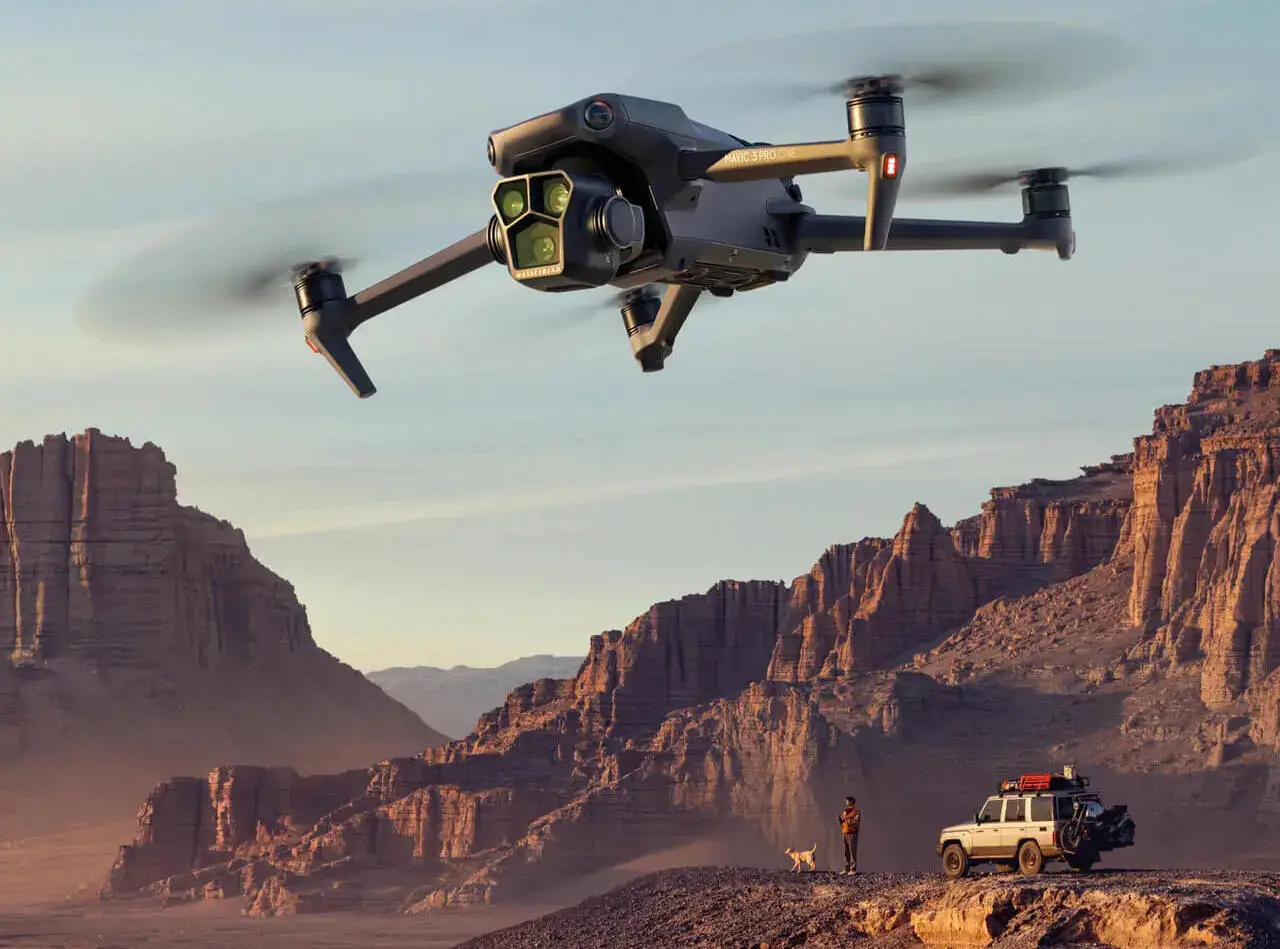
Source: store.dji.com
Travel Action and 360 Camera
An excellent addition to any trip photographer’s toolkit is an action camera. Some people may just skip this. Others may decide that a single, small, powerful camera may take the place of your full setup.
Action cameras, such as GoPros, are something we adore. Like drones, they’ve completely transformed the landscape of adventure and travel photography. With a camera that fits in your pocket, they let photographers take amazing shots and record quality photographs and videos from unusual angles.
GoPro Hero 12
In the history of cameras, the GoPro Hero line is the most popular. And the finest one to date is the Hero 12. Many people question if this little camera can completely replace a typical camera given its waterproof design, 5.3K 60p recording capability, incredible hyper smooth image stabilization, and 27MP sensor. It also boasts exceptional image quality.
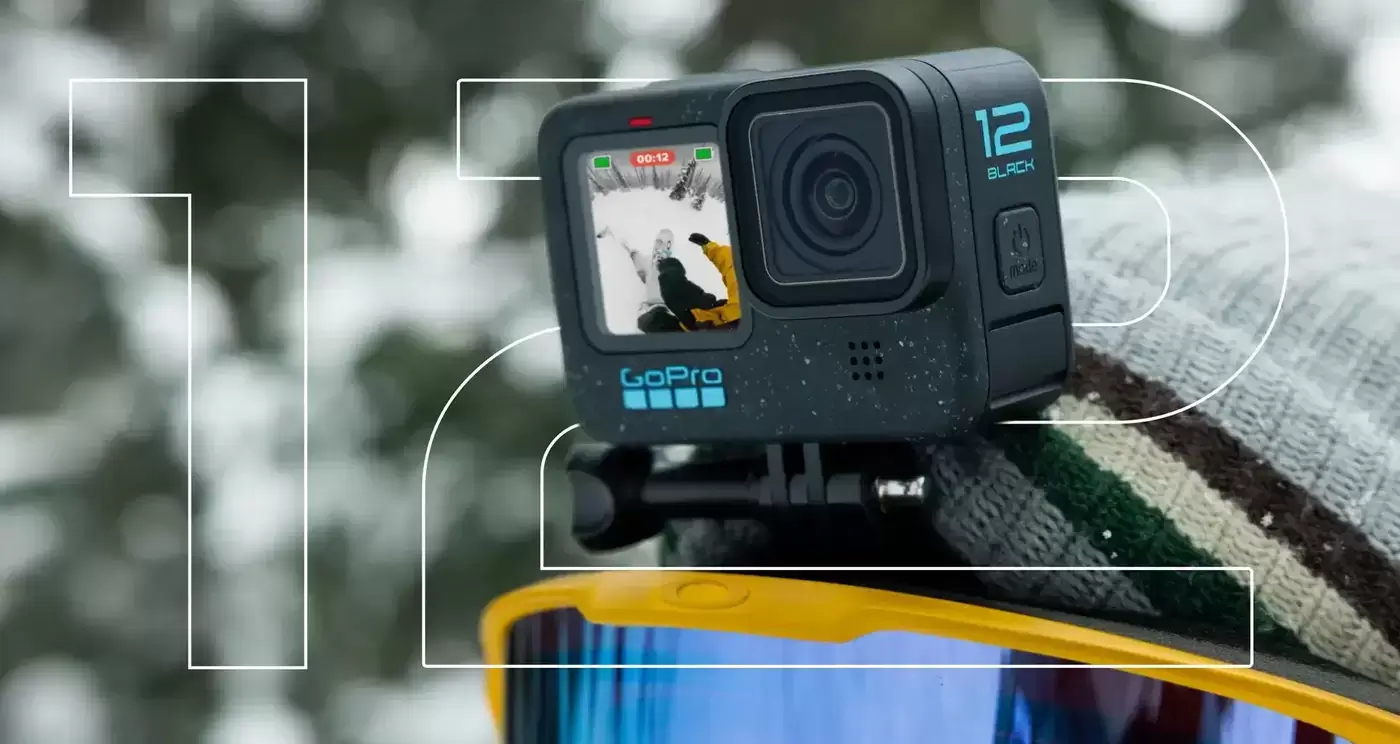
Source: gopro.com
360 Camera – Insta360 Air
We enjoy experimenting with 360 cameras to get unique pictures, such as fisheye and miniature planets, as they allow us to capture unexpected angles sometimes.
There is an iPhone version and an Android smartphone version of the Insta360 Air.
Essential Camera Accessories
As said at the beginning of this post, the objective is always to keep things as simple as possible. The most difficult task for travellers is sorting through the plethora of stylish accessories available on the market.
To begin with, you need to find an SD card that is appropriate for taking pictures. Furthermore, with your camera gear, you should think about acquiring a decent shotgun microphone and maybe a gimbal if you want to make trip documentaries.
The necessities for vacation photography equipment that we can’t function or live without are mentioned below.
FILTERS
The filter that is most useful for long-exposure photography is LUCROIT HQ ND 6 STOPS. Lucroit mostly because of the excellent material quality; their glass is robust, it doesn’t degrade the lens’s quality, and most importantly—and this is rare in other filters—they don’t cause colour cast!
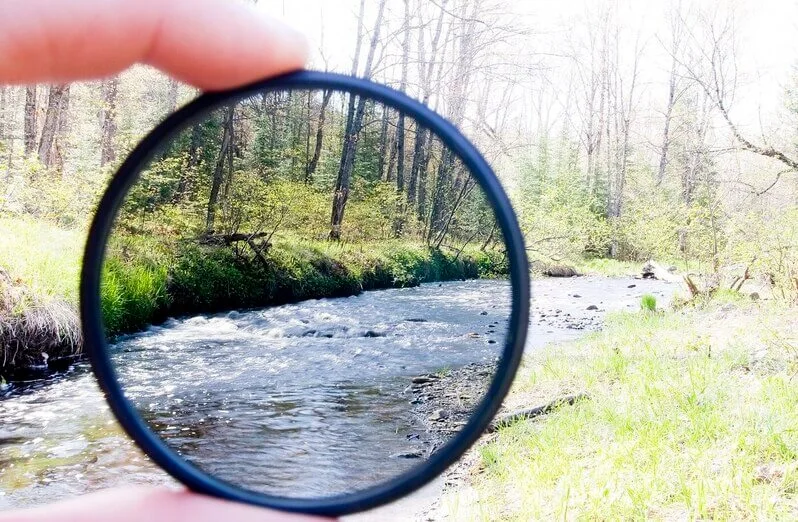
Source: wikipedia.com
ND filters: Light passing through them is reduced in the quantity that reaches the sensor. The accomplished ones do this without distorting their image. Photographers travelling across landscapes and capturing long exposures will find this helpful in maintaining the appropriate shutter speed for their frame rate.
CPL filters: Round Saturation is increased and glare is decreased with polarizing filters. You are already familiar with this if you have ever worn polarized sunglasses. I frequently use CPL filters to bring out the rich forest greens in my photos especially while shooting over water.
Clip of Camera
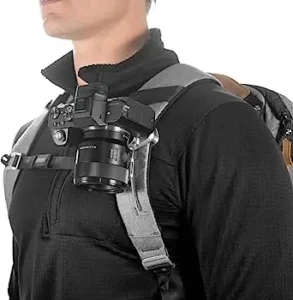 For most travellers, the ideal travel camera accessory is a camera clip. You can quickly clip your camera on and off your belt or bag with these Peak Design clips. For lengthy walks and outdoor photography, this is a lifesaver, and genuinely couldn’t function without it.
For most travellers, the ideal travel camera accessory is a camera clip. You can quickly clip your camera on and off your belt or bag with these Peak Design clips. For lengthy walks and outdoor photography, this is a lifesaver, and genuinely couldn’t function without it.
Camera Backpack
To carry all of your equipment, you’ll need a camera backpack, obviously.
Given the abundance of factors to take into account, recommending the best camera bag for travel is a challenging assignment. Large pelican cases or sling bags are often not as useful for travel as backpacks. This is due to its convenience of transportation, increased comfort and security, and ability to blend in while on the go.
The Atlas Adventure Pack –one of the best camera backpacks available for travel and landscape photographers who are serious about their equipment and skills is the Atlas Adventure Pack.

Atlas Adventure Pack
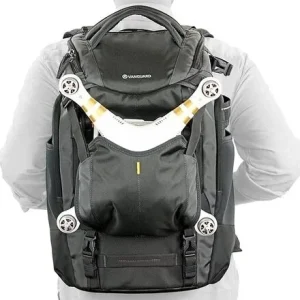
Vanguard Alta Sky 49

Peak Design
The Vanguard Alta Sky 49 is a well-liked camera bag that is so good that it may take the place of the reliable other bags that many travellers adore. Its really well-thought-out design allows you to carry all of the equipment.
Peak Design – going through several different camera backpacks may take some time before you discover the perfect one. Ultimately, the Peak Design Travel Backpack appears to be the victor. It provides the ideal amount of weatherproofing and gear protection, fits comfortably on your back, and can contain everything you need.
Tripod For Travel
 Alright, travelling photography doesn’t always require tripods. Nevertheless, purchasing a lightweight travel tripod is a wonderful place to start if you want to improve your landscape photography, take time-lapse photos, or record steady video.
Alright, travelling photography doesn’t always require tripods. Nevertheless, purchasing a lightweight travel tripod is a wonderful place to start if you want to improve your landscape photography, take time-lapse photos, or record steady video.
One of the best options that the 12 kg-capable, less than 1.5 kg-weight, Manfrotto BeFree GT Carbon Fibre tripod.
For landscape photographers, Peak Design offers a lightweight travel tripod that is both sturdy and portable, making it an essential piece of gear.
Another extremely lightweight, portable, and durable carbon fibre tripod is the SUNWAYFOTO T3640CM, an alternative that you can go for Vanguard Alta Pro 2+ 264CT & and Vanguard VEO 2 Go 256HCBM.
Memory Cards
It’s a good idea to have extra memory because shooting in RAW uses a lot of it.
64 GB may be a nice choice since SanDisk is a reputable brand. While the camera is unable to write to certain cards more quickly, some are quicker. Therefore, make sure your camera and card are reading at the same speed before you buy. It makes no sense to spend money on them.
Portable Hard Drives
External drives are necessary when shooting in RAW since they consume a lot of hard disk space. These days, SSD portable hard drives are the fastest and finest choice for extra storage. They provide excellent value, are compact, and are far better equipped to withstand the rigours of travel.
A Crucial or Sandisk Extreme offers a great balance of capacity, performance and value.
Selfie Stick
This Anker Bluetooth selfie stick is the one we suggest. Not having to fumble with cables is made possible via Bluetooth, and this specific selfie stick folds up quite compactly, making it ideal for travel.
Protection Against Cold Weather
Essentially a camera jacket for cold weather, it keeps your hands, lens, batteries, and camera warm for outdoor photography in subzero temps. This device is somewhat specialized and is only included in the pack when really severe weather is expected.
Microfiber Lens Cleaning Cloths
Nothing is more annoying than a hazy or dirty camera lens! Travelling with a pack of K&F Concept Microfiber Lens Cloths is a must.
Air-powered Blower
Mirrorless cameras have two challenges when it comes to lens replacement: its exposed mirror and their tendency to attract dust. Your images (or worse, videos) will have “dust spots” due to dust on your sensor.
Dust may be removed from your sensor with a few short air bursts with our Camera Air Blower.
Photo Editing Software
Just half of the photographic workflow is covered by everything mentioned above. A vital component of digital photography is post-processing, and for that, we suggest Adobe Lightroom, which is a great value and includes all you need for picture editing when purchased together with Photoshop.
It will also require a powerful computer to operate the photo-editing software.
But keep in mind that accessories aren’t everything.
The greatest approach to get better at travel photography is to practice a lot and pick up new techniques.

